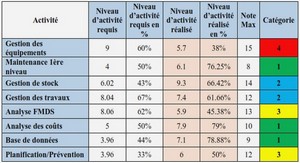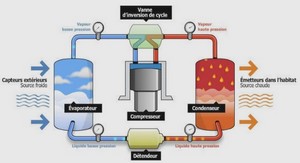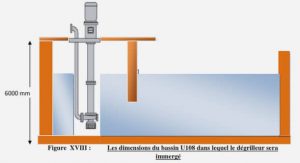Sur la dynamique des fluides dans le domaine de
communication extérieur d’un espace-temps de
Schwarzschild
Résumé
Cette thèse est consacrée à la dynamique globale d’un fluide évoluant dans le domaine de communication extérieur d’un espace-temps de Schwarzschild. Dans le premier chapitre, on formule le problème de Cauchy pour le modèle d’Euler relativiste dans la classe des solutions à la variation bornée contenant des ondes de choc. On propose ensuite une version de la méthode de Glimm fondée sur les solutions stationnaires globales hors du trou noir et le problème de Riemann généralisé et on démontre un théoréme d’existence globale en temps pour les écoulements de fluides faiblement réguliers. Dans le deuxième chapitre, on considère le modèle de Burgers relativiste. Nous introduisons une version de la variation totale qui est décroissante en temps pour les solutions générales du problème de Cauchy. Nous avons aussi utilisé les caractéristiques généralisées pour démontrer la stabilité nonlinéaire d’une solution stationnaire par morceaux. Dans le troisième chapitre, nous présentons plusieurs méthodes numériques basées sur la géométrie de Schwarzschild et nous étudions numériquement la stabilité nonlinéaire des solutions stationnaires et le comportement asymptotique des solutions générales. Les schémas proposés fournissent un outils numérique capable de préserver exactement les équilibres et nous permettent d’analyser l’evolution de fluides en présence d’effets géométriques. Dans le quatrième chapitre, nous présentons un modèle non-relativiste préservant certains effets du trou noir de Schwarzschild. Mot clés : Dynamique des fluides; espace-temps de Schwarzschild; trou noir de Schwarzschild; modèle relativiste; onde de choc; méthode de Glimm; variation totale; schéma équilibre; stabilité nonlinéaire; solutions stationnaire.
The generalized Riemann problem
The rarefaction regions
The generalized Riemann problem of the Euler model is a Cauchy problem of (4.1.1) with given initial data given as U0(r) = ( UL(r) r < r < r0, UR(r) r0 < r < r, ¯ (4.4.1) for a fixed radius r0 > 0 and two steady state solutions UL = (ρL, vL) and UR = (ρR, vR), both satisfying the static Euler system (4.3.1). For simplicity, we write (ρL, vL)(r0) = (ρ 0 L , v0 L ) = U 0 L and (ρR, vR)(r0) = (ρ 0 R, v0 R) = U 0 R. To solve the generalized Riemann problem, we need first to fix the point r = r0 and solve the standard Riemann problem (4.2.4) with initial data U0(r) = ( U 0 L r < r < r0, U 0 R r0 < r < r. ¯ The standard Riemann problem at a fixed radius is solved by three constant states U 0 L = (ρ 0 L , v0 L ), U 0 M = (ρ 0 M, v0 M) and U 0 R = (ρ 0 R, v0 R) connected to each other with 1-wave and 2-wave respectively where the intermediate constant state is given by {U 0 M} ∈ W → 1 (U 0 L ) \ W ← 2 (U 0 R). (4.4.2) Coming back to the Euler system with a source term (4.1.1), we would like to construct a solution of the generalized Riemann problem (4.1.1), (4.4.1), realized by three steady state solutions connected by generalized elementary curves. We give the intermediate steady state solution denoted by (ρM, vM) = (ρM, vM)(r) by the static Euler system (4.3.1) with initial data (ρ 0 M, v0 M) at the point r = r0, that is (ρM, vM)(r0) = (ρ 0 M, v0 M). (4.4.3) Note that U 0 M may belong to any family of the steady state solutions, referring to Theorem 4.3.3. To work on different types of elementary waves, we consider the 208 4.4. The generalized Riemann problem following differential equations: drM L + dt = ( λ
Introduction |






